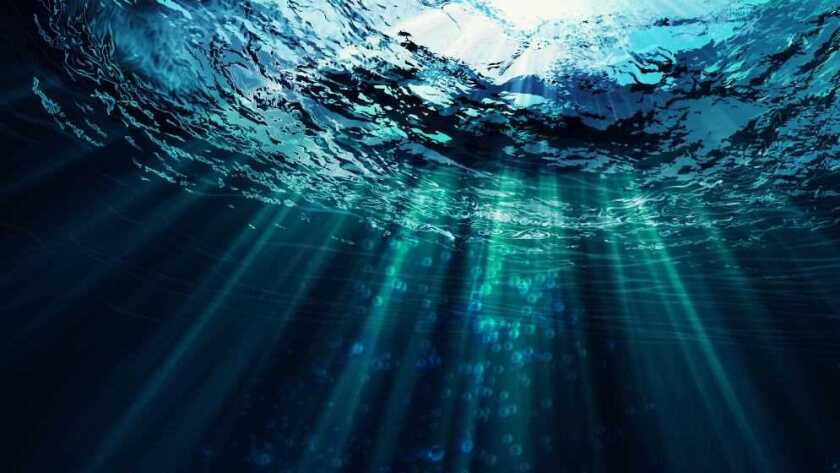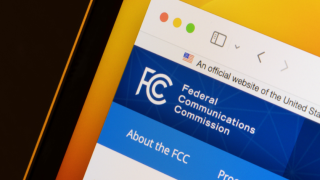The nature of our increasingly information-driven society means that we rely more heavily than ever on the world’s undersea cable network infrastructure. From financial trading platforms to social media hubs, we are all dependent on the bandwidth that these networks give us, and more insistent than ever that they offer us maximum uptime and minimal latency. The quest for innovation to meet these needs is ongoing.
The last 12 months have seen the emergence of a number of technologies which look certain to play an important part in the subsea market of next year and beyond. Not least of these is Space Division Multiplexing (SDM).
Optical communication technology has, over the decades, tended to advance by finding new ways to increase the data-carrying capacity of individual fibre pairs. This has seen scientists seek to optimise multiplexing in four dimensions: time, wavelength, polarization and phase in order to squeeze as much data as possible over a fibre pair. SDM moves the focus to the dimension of space – in other words looking at not just more data per pair but also employing more fibre pairs per cable to carry that data. This is happening in tandem with other enhancements such as power-optimised repeater designs.
“In the past, the goal was to maximise the amount of bandwidth per fibre pair – more wavelengths, a higher bit rate per wavelength,” explains Alan Mauldin, research director with analyst firm Telegeography.
“This has shifted in the last year to an emphasis on more fibre pairs in a single cable. We’re seeing new cables being planned with so-called SDM.”
Mauldin cites Dunant, a collaboration between operator Orange and content player Google, which promises to be the first SDM-based cable when it comes into service in 2020, connecting Virginia Beach in the US with France’s Atlantic coast. With its 12 fibre pairs, it will offer 250Tbs per second of performance, enough to transmit the entire contents of the Library of Congress three times a second.
“The big content providers are heavy drivers of SDM,” observes Mauldin. “This will continue, as there’s no indication that the likes of Google and Facebook will stop investing in new cables any time soon. Cables with 12 fibre pairs are on the way, and 16 fibre pair ones will follow.”
It’s no secret that the balance of power in the subsea sector has, for a number of years, been shifting from traditional telecoms operators to the content sector – players such as Google, Amazon, Microsoft, Facebook and Netflix.
Geoff Bennett, director, solutions and technology with vendor Infinera says that along with this shift has come a change in perception on how a cable system should be built.
“What Facebook, for example, is trying to achieve is a uniform user experience around the world,” he says. “That requires the free movement of your information and your Facebook friends’ information. This in turn means replication of Facebook information around different data centres, and that’s what drives Facebook’s bandwidth needs and the kind of cable they want to fund.”
The SDM model works better for the content giants, he says, than trying to squeeze more and more traffic through a single pair. It also explains the sheer number of cables that the content sector appears to be prepared to invest in. Bennett makes the point that when you compare what Facebook is spending on cables versus the advertising revenue they are generating, the former is a tiny fraction of the latter. Google, he says, are similar, also having an advertising-driven revenue model.
“Facebook and Google know what every additional millisecond of user latency costs,” he explains. “These players know what they are doing – to two decimal place of accuracy – such is their access to cutting edge analytics. That’s why they need cables that feature higher order modulation in the fibre, putting the pressure on vendors like Infinera to come up with transponders to match. A cable like Marea [which runs between Virginia Beach and Bilbao in Spain and is backed by Microsoft and Facebook] shows what can be achieved with the highest quality of transponder. Marea has small gaps between amplifiers, making it more expensive to own and operate, but the return is the highest possible trans-Atlantic bandwidth.”
Telegeography’s Mauldin says there are other content sector requirements in play that dictate not just how cables are built but where: “We’re seeing new cables planned from the Nordics down to Ireland and the UK,” he says. “The idea is to connect to data centres with favourable cooling costs and green power. Where the big content providers want to put their facilities affects how cables are routed.”
Nordic data centres are booming, as is the network infrastructure to support them, and it’s not just at the behest of content providers argues Mattias Fridstrom, chief evangelist at Telia Carrier: “The added diversity that results from this trend is highly welcome for carriers too,” he says. “It’s a good thing probably that fewer cables are landing in the UK. You want as much diversity as you can get as a cable customer. As a pan-European provider, it suits us to invest in cables landing in places like western France and Bilbao. That way we can get traffic to the US without going via London. We support the idea of more trans-Atlantic cables, and of a greater spread of them. New cables around Africa are also good news. Things are really flying there, and new connections and infrastructure is needed.”
In terms of new technology, Fridstrom says Telia is always happy when a new system comes in because it will tend to be better than an older system. He is particularly excited about ZR and ZR+, new standards for transmitting 400 gigabit Ethernet and higher over data centre interconnection links up to 100km using dense wavelength division multiplexing (DWDM) and higher order modulation such as 16 QAM.
Data centre trends are shaping cable development in other ways, says Brian Lavallée, vendor Ciena’s senior director of portfolio marketing and an expert in submarine networking solutions.
“Traditionally you would have had the cable itself underwater, and the terminals within the landing stations,” he points out. “Now these terminals are typically pushed right into the data centres. With the majority of new traffic being turned up being from Google, Facebook, Microsoft and other content players, we’ve had to look at ways of getting closer and closer to capacity limits.”
Early in 2019, Ciena was the first vendor to show off 800 gigabit per second transport networking with the launch of WaveLogic 5, the successor to its Wavelogic Ai programmable solution. It features innovations such as ML-driven predictive maintenance.
Patterns of demand may shift and commercial models might change, but such is our reliance on the Internet for our business and leisure needs that overall demand for cable capacity can only go up. Reassuring then that key breakthroughs are still being made and new horizons reached.
New lease of life – some major cable launches planned for the next two years
This year has seen a flurry of private cable announcements from Google. First was Curie, which has just been completed and offers a new link between Chile and the US. It is the first US to Latam cable wholly owned by a non-telecom company.
When Google’s Dunant cable comes online in 2020 with its 12 fibre pairs, it will provide co-backer Orange with performance of more than 30 terabits per second per fibre pair and will represent the first new subsea cable between the US and France in 15 years.
Google’s Equiano cable, the third of its big ticket plans announced in the last 12 months, also boasting 12 fibre pairs, will start in Portugal and run along the West Coast of Africa as far as South Africa. Planned for launch in 2021, it promises around 20 times the capacity of the last cable built on this route, claims Google. Equiano will be the first subsea cable to incorporate optical switching at the level of the fibre pair level, making it easier to add and reallocate capacity.
Less certain is the future of the Pacific Light Cable Network, one of a large number of new trans-Pacific builds currently awaiting completion. Controversy around Huawei and a trade and tariff war between the US and China, as well as unrest in Hong Kong, mean that the US government approval that PLCN needs is far from assured. The 8,000 mile-long system, backed by Google, Facebook and Chinese telco Dr. Peng Telecom & Media Group Co, is supposed to connect Hong Kong and Los Angeles.
The Jupiter Cable System is due to launch in early 2020, linking Japan with Los Angeles and the Philippines. The consortium backing it includes Amazon, Facebook, NTT Communications, PCCW Global, PLDT and SoftBank.
The Bay to Bay Express Cable System (BtoBE), backed by Facebook, Amazon and China Mobile International, will connect Singapore and Hong Kong with the United States when it comes on line, probably in 2021. The Japan-Guam-Australia South Cable System and Southern Cross Next will between them enhance connectivity between Australasia and the US.
In the Atlantic, EllaLink is a planned submarine cable linking Brazil and Portugal with en route landings at Cape Verde, the Canary Islands and Madeira.





